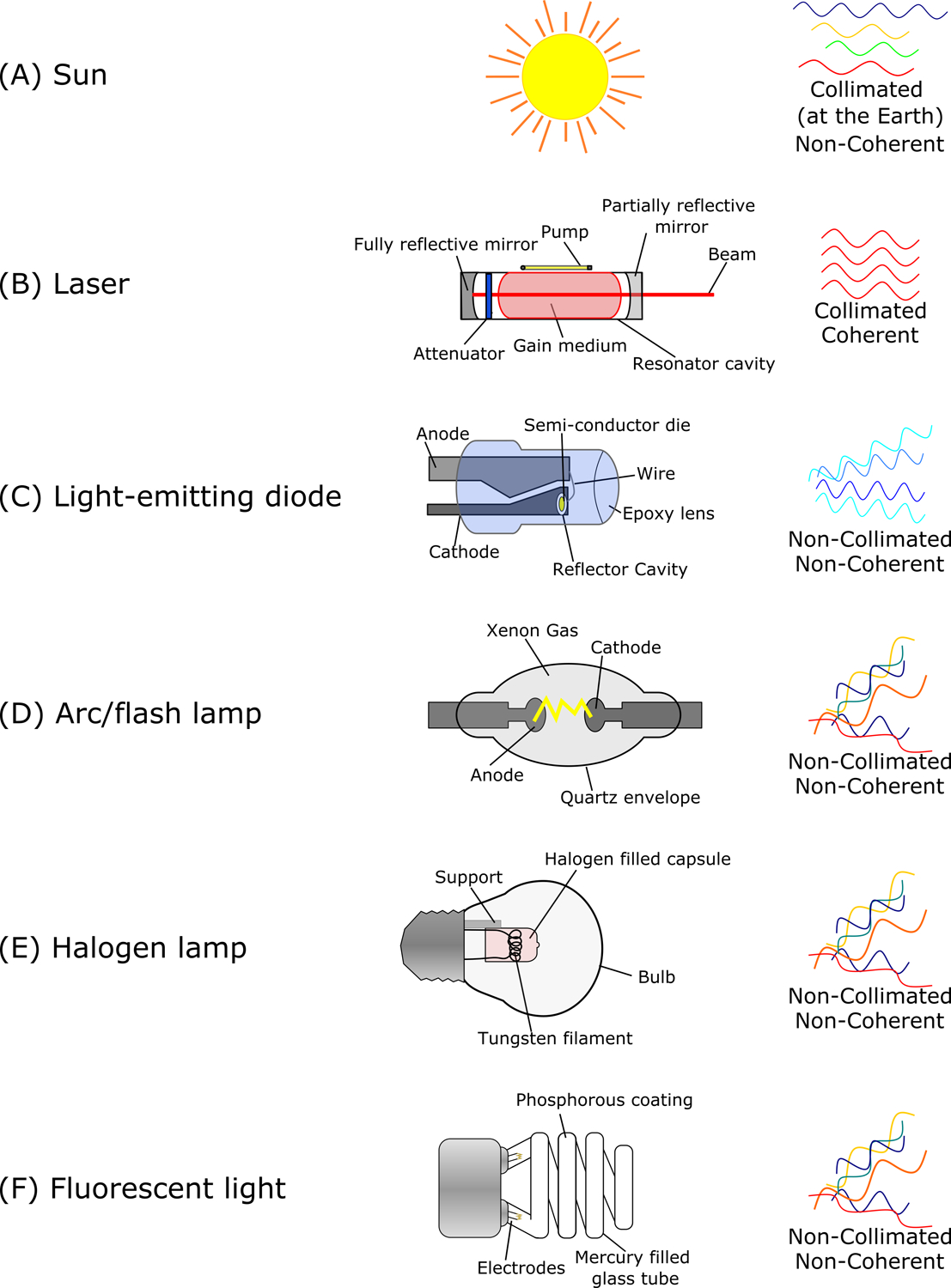Figure 2: Diagram of natural and artificial visible light sources.

Devices are labeled with significant parts. Collimation (i.e., parallel), coherence (i.e., in-phase), and chromaticity are provided for each light source. (A) Sunlight is relatively collimated at the surface of the Earth. (B) Lasers pump energy through a gain medium (e.g., crystal or gas) to generate or amplify light between mirrors in the resonator cavity. The variable attenuator in the resonator cavity of Q-switched lasers allows for beam pulsing. Lasers are highly monochromatic, coherent, and collimated upon emission. (C) Light-emitting diodes (LEDs) pass an electrical current through a semiconductor. LEDs produce light in a narrow range to appear as a single color. Multiples LEDs can be placed in an array to generate white light or higher power densities. (D) Arc and flash lamps (e.g., intense pulsed light [IPL]) arc electricity through a mercury or xenon gas chamber and are optimized for continuous and pulsed operating conditions, respectively. Filters are applied to achieve specific wavelengths. (E) Halogen lamps heat a tungsten filament in a sealed chamber with small amounts of halogen gas. (F) Fluorescent lights excite electricity through mercury gas to produce UVR, which is converted to VL via the phosphorescent coating on the lamp’s inner surface.
